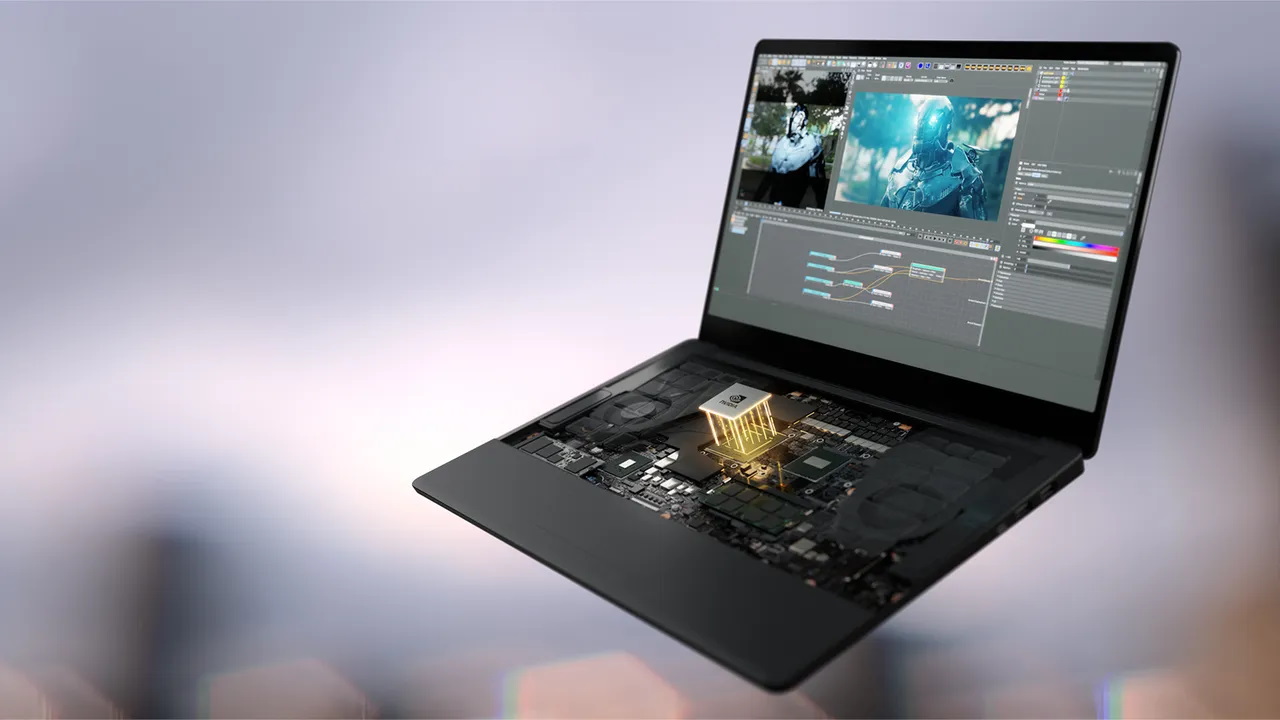NVIDIA Launches RTX 500 and RTX 1000 Ada Generation Video Cards for Mobile Workstations
NVIDIA has unveiled its RTX 500 and RTX 1000 Ada Generation video cards for mobile workstations, supplementing its already existing RTX 2000, 3000, 3500, 4000 and 5000 graphics processors.
Key Features of NVIDIA RTX 500 and RTX 1000
The professional NVIDIA RTX 500 and RTX 1000 video cards come packed with neural processors (NPU) alongside NVIDIA RTX graphics. This allows for AI algorithm processing via tensor cores. The NPU aids in easing the load on the central processor for simple AI tasks, while the graphic subsystem caters for more demanding workloads such as AI-enabled video conferencing, AI streaming video and generative AI platforms. Notably, the RTX 500 offers a performance of 154 TOPS (INT8), and the RTX 1000 delivers 193 TOPS.
In comparison with sole CPU operation, the NVIDIA RTX 500 promises a 14-fold performance increase for local Stable Diffusion model use, a three-fold boost in AI image editing, and up to a ten-fold speed increase in 3D graphics rendering.


Applications of NVIDIA’s Professional Video Cards
Among the many uses of the professional RTX 500 and RTX 1000 video cards are AI noise reduction in video editing, static image clarity enhancement, DLSS technology operation, launching large language models locally for enterprise clients, and tasks related to data processing and AI model tuning for researchers.
NVIDIA’s RTX 500 and RTX 1000 video cards, built on the Ada Lovelace architecture, feature the latest solutions for thin and lightweight laptops. Incorporated features include third-generation RT cores – offering double the performance in ray tracing calculations compared to the second generation, fourth-gen tensor cores with increased throughput relative to their predecessors for optimal AI task performance, NVIDIA CUDA Ada Generation cores – 30% performance increase (FP32) in graphics and computational workloads, 4GB (RTX 500) or 6GB (RTX 1000) video memory, additional frame generation with DLSS 3 support, and AV1 codec hardware support.
Release of NVIDIA RTX 500 and RTX 1000 Ada Generation
The professional NVIDIA RTX 500 and RTX 1000 Ada Generation video cards are set to make their debut this spring, alongside new laptops from Dell, HP, Lenovo, and MSI.





